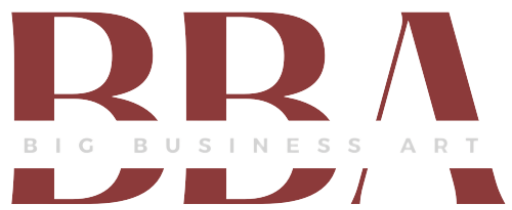It is important for business owners to understand the difference between profit and cash flow. Profit is an accounting measure of a business’s performance, and it is calculated by subtracting expenses from revenues. Cash flow, on the other hand, is the amount of money that flows into and out of business over a given period of time. By understanding how profit and cash flow are related, business owners can gain a better understanding of their financial health. In this blog post, we will discuss the differences between profit and cash flow and provide numerical examples of each.
What is cash flow?
Cash flow is the movement of money in and out of business. It is used to track the financial performance of a company over time and can be used to measure things like cash on hand, short-term investments, and the amount of money being used to pay off debt. It is important to understand cash flow because it can help you assess the financial health of a business. Cash flow is often confused with profit, but they are not the same.
Cash flow is measured by subtracting outflows (i.e., money going out) from inflows (i.e., money coming in).
What is profit?
Profit, also known as net income or the bottom line, is the amount of money a company has left over after all expenses, including taxes, have been paid. It is calculated by subtracting total expenses from total revenues. Profit can be positive, meaning the company has made more money than it has spent, or negative, meaning it has spent more money than it has earned. Profit is an important measure of a company’s performance, as it shows the overall financial health of the business.
In contrast to cash flow, which is the movement of money in and out of business, profit is the amount of money left after all expenses have been taken into account. The amount of profit a company makes depends on how much cash it generates. Cash flow is needed to purchase inventory, pay employees, and cover expenses. If a business’s expenses exceed its revenues, even with positive cash flow, it could lose money.
How do they differ?
Cash flow and profit are two completely different concepts that many business owners tend to confuse. Cash flow is the amount of money coming in and out of business, whereas profit is the total income minus all expenses. The main difference between cash flow and profit is that cash flow accounts for the actual money that flows in and out of business, while profit only accounts for sales and expenses on paper. Cash flow is more reflective of a company’s ability to pay bills, creditors, and employees, while profit is more indicative of a company’s overall financial health.
For example, if a company has $500,000 in sales and $450,000 in expenses, it would have a profit of $50,000. But if that same company only has $400,000 in cash on hand and $400,000 in outstanding bills, its cash flow would be negative. This means that the company would be unable to meet its obligations without taking on additional debt or finding additional capital.
In conclusion, it’s important to understand the difference between cash flow and profit in order to effectively manage your business. Knowing how much money is available to pay expenses in the short term will help you determine when to take on debt or investments to keep your business afloat.
Which is more important?
Cash flow vs. Profit
It’s the age-old question that has been plaguing business owners for generations. On the one hand, you need cash to stay afloat and make sure that bills are paid and investments are made, but on the other hand, you want to be profitable in order to reinvest in your business and ensure its long-term success.
So, which is more important?
Is it more important to focus on cash flow or profit? Well, if we’re being completely honest here, neither of them is more important than the other. They’re both equally essential for running a successful business. Cash flow keeps the business alive and allows you to pay your bills and make investments, while profit allows you to reinvest in the business and ensure its long-term success. You need both to be successful.
In the end, it all comes down to making sure that you balance cash flow and profit in order to ensure your business is running efficiently and effectively. Don’t put too much emphasis on either one, but rather focus on making sure that both are working together in harmony. This way, you’ll be able to maximize your profits and stay afloat for years to come.
Examples
If a business has $100,000 in income and $80,000 in spending, their cash flow would be $20,000. Unlike cash flow, profits include costs like taxes and the cost of goods sold. Conversely, profits look at all the expenses a company incurs, as well as all of the money it makes from selling its goods.
If a company’s total income is $200,000, but they spend $150,000 on taxes, payroll, and supplies, then they will have a cash flow of $50,000. As such, the profit for this company would be $50,000 less $150,000, after the previously-mentioned expenses.
